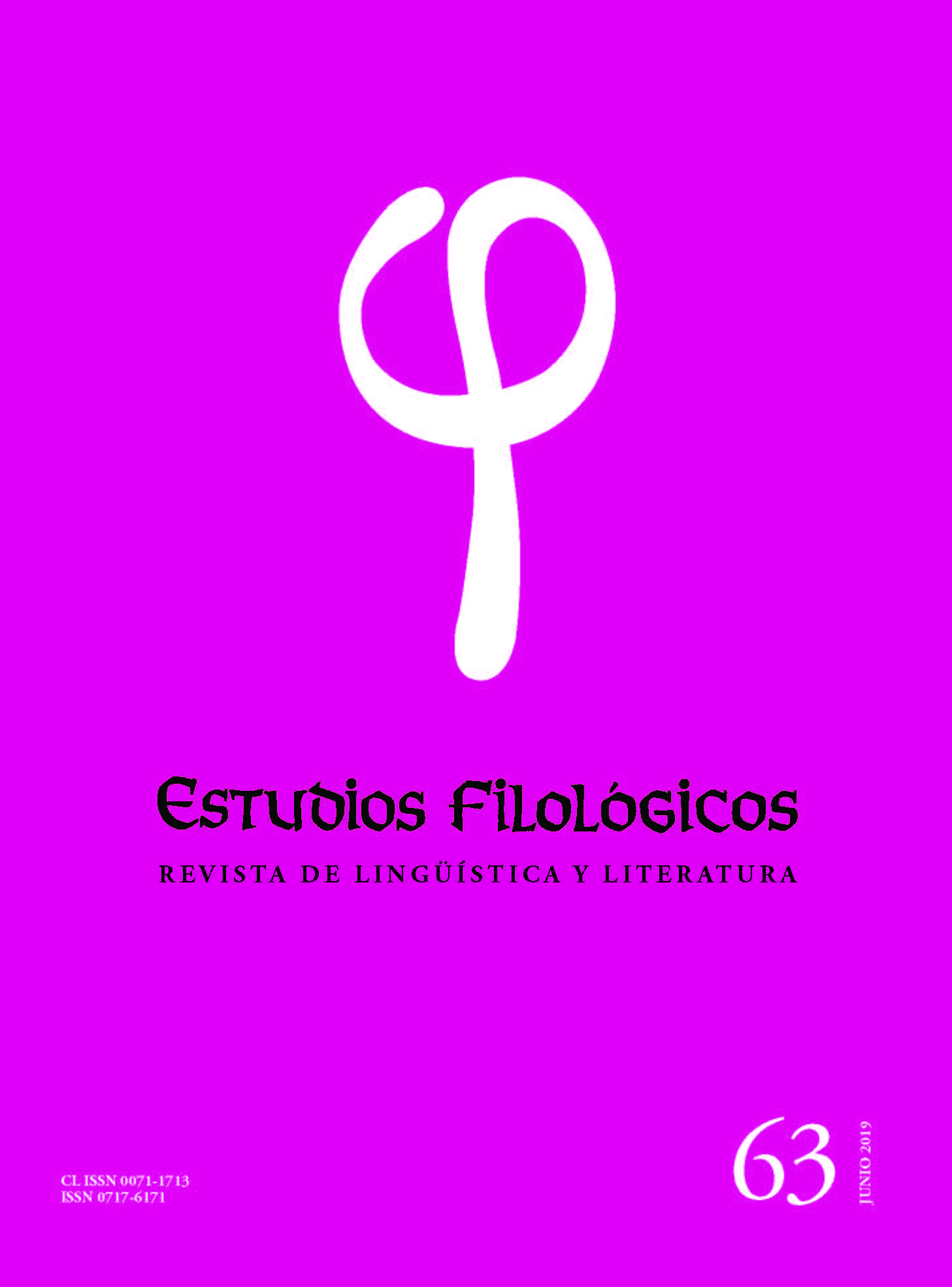Congruency between semiotic systems: A study on words and graphs with the use of eye tracker
Main Article Content
Abstract
In the present study we seek to determine if the congruence/non-congruence between two semiotic systems is a factor that affects the reading patterns of a group of students in the area of economics. Specifically, we are interested in identifying reading routes that reveal whether readers identify the incongruence between two semiotic systems: the verbal system and the graph system. To achieve this objective, eye movements were recorded from 16 students in the economics area of a Chilean university, employing an eye tracker. The texts read by the students were constructed from specific rhetorical textual segments of the discourse genre Monetary Policy Report (IPoM). The general results indicate that: 1) readers process all texts with equal attention without the factor congruence between semiotic systems revealing statistically significant differences, 2) no differences were observed in the integrative transitions between congruency and non-congruency, and 3) the verbal system of the texts is processed mainly, both in the dependent variables time of the first reading (first pass) and time of the second reading (second pass). These findings can be explained in terms of certain logocentrism or preeminence of the words, even though, as students of the economics area, the students have received instruction in the reading of graphs.

